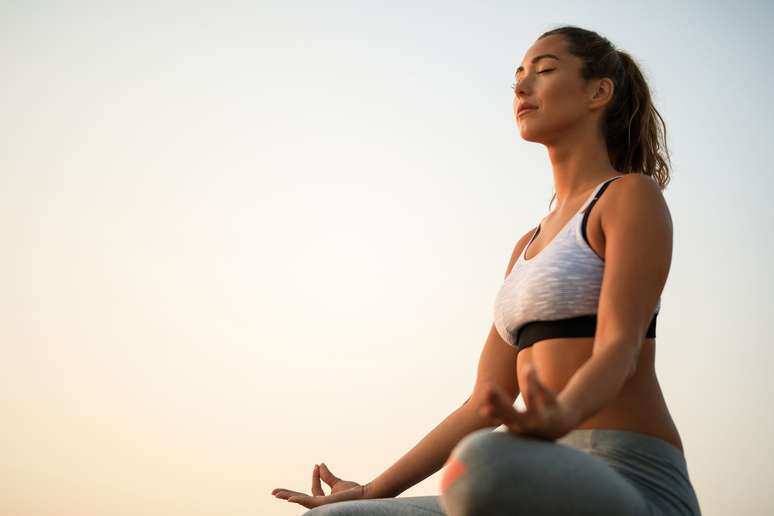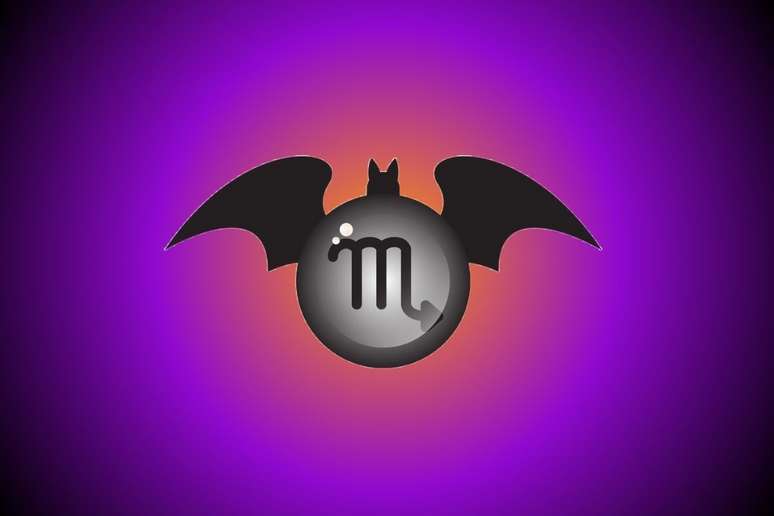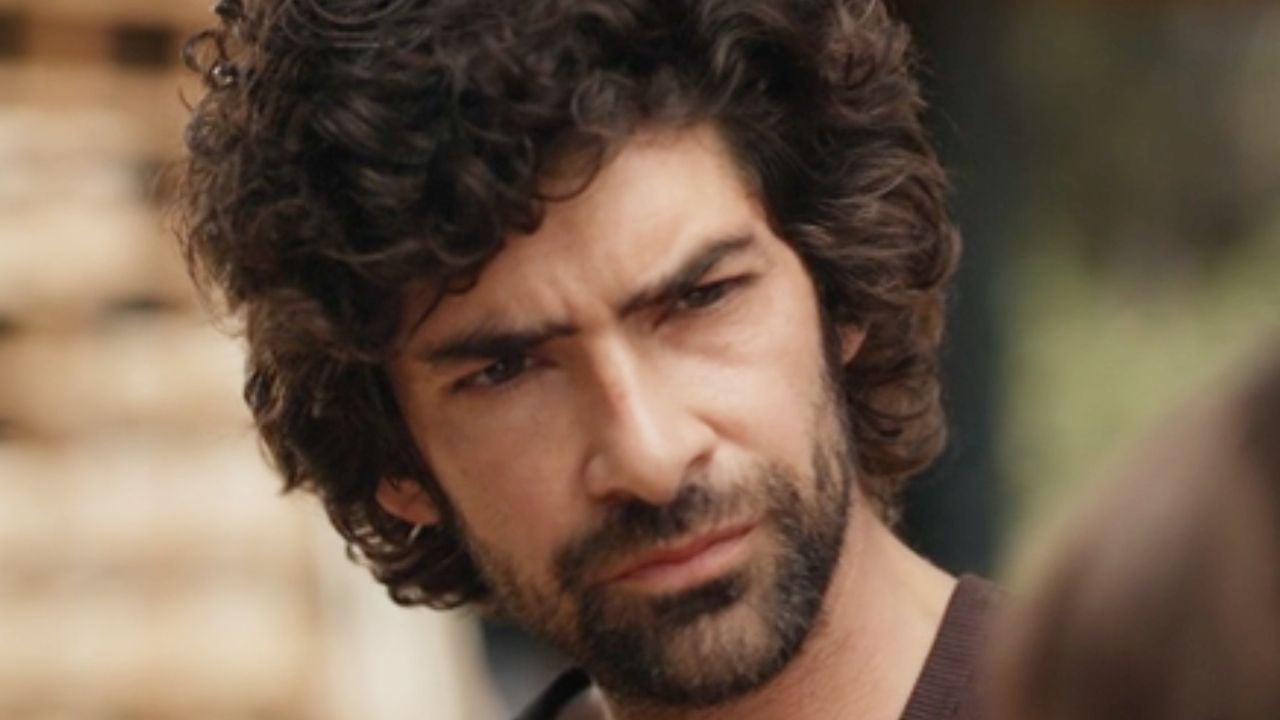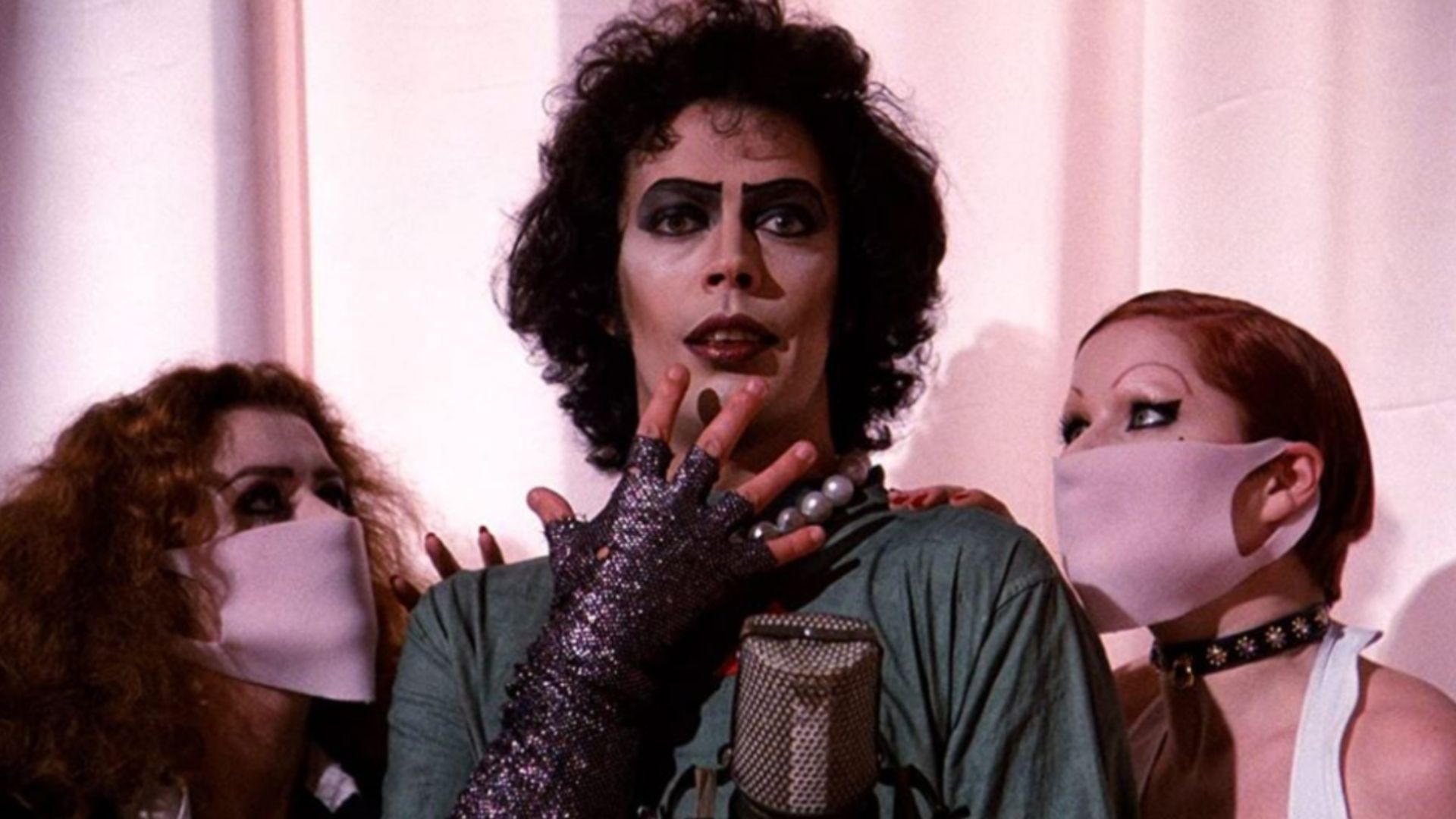The analysis allows you to discover colors and prints that best enhance the natural beauty of each individual; see how the test works and learn about its benefits
When you open your wardrobe, you can’t find any items that match your style. When you walk in front of the mirror, the dress that looked great on the mannequin doesn’t exactly convey who you are. Whichever option you choose to wear, nothing fits. In an attempt to solve this problem, some people resort to personal proofing, which promises to discover colors and prints that favor each individual’s natural beauty.
In search of this, Dr. Giovanna Carpentieri, 35, decided to carry out the test with the image and style consultant Bruna Cavassa. “I looked for the test as a form of self-knowledge, I wanted to understand what suited me best”, says Giovanna, who sees practical benefits from the analysis. “The whole process of dressing, mixing and choosing colors is easier,” she says. “During Christmas shopping, for example, I saved a lot of time. I arrive at the store and I go to get the right color, there is no mistake”.
For the consultant Bruna, in addition to the benefits for everyday life, such as facilitating shopping and optimizing the wardrobe, the analysis of personal color can also be positive for well-being and self-esteem. By using garments in the colors of the color chart indicated by the analysis, it is possible to mask and reduce spots, wrinkles and dark circles. In this way, as explained by the expert, some people may find themselves more comfortable and confident with their style in certain situations.
Using colors that match your natural beauty can also influence how people see you — after all, every color conveys a different message. Some are serious, others are more fun and there are even those who convey feelings of tranquility, sobriety or purity. In certain environments, such as the workplace or important events, it can be interesting to invest in colors that convey the messages you intend to convey.
“The right color is the one that accompanies us and brings more elegance,” says Bruna. “When color doesn’t suit you, it’s as if we see the clothes first and then the person. The right colors, on the other hand, accompany you and bring more harmony”, she says.
Furthermore, according to the expert, making a personal analysis of color means adopting a path towards more sustainable consumption, even if it doesn’t seem like it. “From the moment I know my color chart, I buy with more conscience, use that product more often and, therefore, waste less”, explains the consultant, who also believes it is a sustainable option for the pocket. “Let’s use our money more conscientiously,” he reflects.
How does the procedure work?
In order for the result of the analysis to be as accurate as possible, certain precautions are necessary. It is recommended to do this with natural light or with artificial lighting that simulates sunlight. The walls should be neutral and preferably painted white. “We also use a cape and headband in our hair to neutralize the colors,” explains Bruna. “And I always recommend going with less patterned clothes.”
The test, which can last from 40 minutes to 1 hour, is carried out by placing fabrics of different colors close together. “As we approach the fabric, we visualize its effect on the face,” explains personal stylist Joyce Rossi. “There are colors that make the face look more even, others can emphasize dark spots and dark circles, and some can make the cheek more red,” she says.
Therefore, it is not an exact science. The result of the analysis is based on the perception of the person performing it. The professional, when bringing the tissues close to the face, takes into account three characteristics: intensity, depth and temperature.
Intensity corresponds to the adaptation of the skin tone to brighter or softer colors. Depth, in turn, evaluates the effect of darker and lighter colors on the face. Temperature analysis will take into account whether warm or cool colors suit the individual better. After this evaluation, the card is defined with the colors that best match each person.
There are apps and websites that promise to do color analysis online. However, Joice believes that, in many cases, they end up giving incorrect or inaccurate results. “The risk is that you end up with a card that isn’t yours and compose your wardrobe the wrong way,” she explains. The most recommended by the specialist is to seek a qualified professional to take the test.
Coloring without restrictions
There are no restrictions to run the analysis. For image consultant Raquel Hentzy, the procedure can be done by anyone interested in dressing their best and discovering which colors enhance natural beauty. So it was for Claudinei Pinheiro, 34, who, while acknowledging that they are the few men who seek this type of service, she didn’t think twice before doing the consultancy.
“No one teaches men how to dress,” she says. “This is more common for women who generally talk to their girlfriends. In the men’s environment, this is not a current topic,” she says, who sees it almost as taboo. “But I’ve always been very open to listening and understanding,” he reflects.
The decision came after she changed jobs and felt it necessary to learn more about her style. “Because I work with high-end furniture, I felt maybe I wasn’t dressed right for the environment,” reveals he, who chose to take the test with his wife, Aldineia Silva, 33.
Expert Raquel ensures that personal coloring doesn’t require changing your entire wardrobe. On the contrary: it is also part of the consultant’s role to show how to enhance natural beauty with the same clothes. Many people feel comfortable in black clothes, for example, but it’s a color that isn’t on every card. However, through some techniques, it is possible to preserve the clothes and make changes just in the way they are used.
“You just don’t use colors outside of your palette too close to your face,” she suggests. “You can wear a more low-cut dress, a more open collar, or invest in accessories that are inside the card,” she says. So you don’t have to go out and change all your clothes. The idea is that coloring brings more self-knowledge instead of imprisoning you. “The cartel is a form of liberation,” she says.
Claudinei has noticed it since she performed the analysis. “It’s liberating to know I’m well dressed. If I had done it earlier, besides feeling better, I wouldn’t have wasted so much money on clothes and would have bought more assertive clothes.”
What are the color charts?
The color charts are divided into 4 main categories which represent the colors present in the landscapes of the different seasons of the year: spring, summer, autumn and winter. And for each of these categories there are subdivisions that take into account aspects such as temperature, depth and intensity. Therefore, there are 12 card options.
Even with so many divisions, they have pretty much every color. What changes is the tone of each color. For example, blue appears in all rankings, but in some it is more intense, such as royal blue, and in others it is more opaque. Know the 12 card options and their characteristics.
Spring
Spring is a very colorful season. For example, it’s not hard to find landscapes with lots of flowers. Therefore, this card is usually the one with the “happiest” colors. There are colors such as pink, blue, purple, green and brown, all in intense and radiant tones. In general, everything in spring cards is very colorful.
in the packaging bright spring, the colors are very clear and warm. It is common in people with highly pigmented eye and hair colors and not as gray as in summer signs. Already the card hot spring it is more common in people with warmer, sallow skin undertones. Eyes can be anything, but they’re usually in warmer tones too. the paper clear spring it is more identified in people with lighter complexion, eyes and hair.
Summer
In a summer landscape, the environments tend to be clearer and the sky very blue. That’s why, despite summer being a hot season, its color chart is made up of colder, softer, clearer tones.
In general, people with a summer cartel have gray hair, which tends to become lighter after exposure to the sun. The undertone of these people’s skin is pink, but it can also happen to people with more yellowish skin. Therefore, expert judgment is important.
the paper mild summer it has the least saturated colors and has more pink and bluish tones. Already the card cold summer it has lighter colors and tends to be quite recurring among people with brown hair. in the packaging clear summerthe tones are more pastel and tend to be common among light-haired people as well.
Fall
When we think of typical fall landscapes, it’s common to associate them with dry foliage and more earthy tones. Thus, autumn papers feature warm, dark colors, such as brown, moss green, and orange, and in general, all autumn paper colors have more yellowish tones.
the card of soft autumn it has a few lighter shade options, however, still not as vibrant as in the spring charts. on the card warm autumn, many shades of mustard appear and tend to be more common among people with tanned skin and less common in people with fair hair. To the dark autumnlighter colors appear little and he identifies more in people with dark hair and skin with a more golden undertone.
Winter
In winter the landscapes tend to be colder and the nights very dark. Therefore, the colors of these papers are usually quite pigmented, with darker, cooler and brighter tones.
the card of dark winter it is formed, in its majority, by colors with dark tones. People who have this sign, in general, do not have fair hair. The people with the card Cold winter they have a cooler skin undertone – as their name implies – and their hair tends to be darker. in the packaging bright winter, the intensity of the colors is the key point. People in this cartel usually have eyes of cooler, brighter tones, rather than yellowish tones, and dark hair is more frequent.
How to use colors to your advantage in everyday life?
- Accessories. If you choose to use colors that are out of your palette, prefer them to be in accessories and in smaller proportions. It can be through scarves, purses, necklaces, earrings, bracelets or even shoes. Colors shouldn’t limit your style, they should guide you.
- Wardrobe. Knowing better what looks good on you allows you to have a more optimized wardrobe. Instead of a closet full of items you don’t wear that don’t show off your beauty, invest in more assertive pieces and tones that flatter you.
- Meanings. Colors have meanings and can convey messages. It can be interesting, on certain occasions, to bet on colors that are in line with the messages you want to convey. In a job interview, colors like navy blue, which conveys credibility, or dark gray, which signifies seriousness, are good options.
- Marks and stains. Through the use of colors that best enhance one’s natural beauty, it is possible to reduce some signs on the skin, such as spots, wrinkles, dark circles and even acne. This can be the key to improving self-esteem and well-being on certain occasions.
Source: Terra
Ben Stock is a lifestyle journalist and author at Gossipify. He writes about topics such as health, wellness, travel, food and home decor. He provides practical advice and inspiration to improve well-being, keeps readers up to date with latest lifestyle news and trends, known for his engaging writing style, in-depth analysis and unique perspectives.







